
India, a land of profound history, diverse cultures, and architectural grandeur, is home to several UNESCO World Heritage Sites. These sites are recognized for their universal value and provide insights into India’s rich tapestry of culture and heritage. Some of the top ten UNESCO sites listed here testify to the country’s timeless legacy. So, let’s take a glimpse of it –
1. Taj Mahal, Agra –
India’s most recognized monument, the Taj Mahal, epitomizes love and Mughal architecture to admire in the Agra Sightseeing Tour. Mughal Emperor Shah Jahan built it to remember his beloved wife, Mumtaz Mahal. This white marble mausoleum stands majestically on the banks of the Yamuna River, captivating millions with its beauty and elegance.
2. Khajuraho Group of Monuments, Madhya Pradesh –
The temples of Khajuraho are widely renowned for their intricate carvings and erotic sculptures. Built between 950 AD and 1050 AD by the Chandela dynasty, these temples are a sublime blend of architectural and sculptural excellence, reflecting the maturity of India’s temple art.
3. Qutub Minar, Delhi –
A soaring minaret standing at 73 meters, Qutub Minar is a symbol of Delhi’s ancient heritage. Constructed over four centuries by various rulers, this red sandstone and marble structure is surrounded by several other historical monuments, making it a significant archaeological park.
4. Ajanta and Ellora Caves, Maharashtra –
These rock-cut cave complexes are masterpieces of Buddhist religious art. Ajanta is renowned for its frescoes and paintings, while Ellora is famous for its vast and intricate sculptures, including the awe-inspiring Kailasa temple, carved from a single rock.
5. Sundarbans National Park, West Bengal –
Stretching across India and Bangladesh, the Sundarbans are the most extensive mangrove forests in the world. This deltaic region is home to the elusive Bengal Tiger, saltwater crocodile, and countless species of birds and aquatic animals. It’s a living testament to the subcontinent’s diverse and vital ecosystem.
6. Humayun’s Tomb, Delhi –
Often considered a precursor to the Taj Mahal, Humayun’s Tomb is an architectural marvel. Commissioned by Humayun’s widow, Hamida Banu Begum, in 1569 AD, it was the first garden-tomb on the Indian subcontinent, setting a precedent for subsequent Mughal mausoleums to see in the Delhi Tour Package.
7. Mahabalipuram Group of Monuments, Tamil Nadu –
Lying elegantly on the Coromandel Coast, the temples and caves of Mahabalipuram are exemplary specimens of ancient Pallava art. The site boasts various structures like Ratha temples, monolithic Indian rock-cut architecture, and colossal open-air rock reliefs.
8. Red Fort Complex, Delhi –
The Lal Quila, or Red Fort, was built by Emperor Shah Jahan and served as the residence for Mughal rulers for nearly two centuries. A brilliant fusion of Persian, Timurid, and Indian architecture, it’s a reminder of the grandeur of the Mughal empire to be seen during the Delhi sightseeing tour.
9. Rani ki Vav, Gujarat –
Rani ki Vav is an intricately constructed stepwell located on the Saraswati River's banks in Patan. Built-in the 11th century AD in memory of King Bhimdev I by his widowed queen Udayamati, it’s an excellent example of subterranean architecture, replete with sculptures showcasing Maru-Gurjara architectural style.
10. Jantar Mantar, Jaipur –
This astronomical observatory in the heart of Jaipur 2 days trip, Jantar Mantar, is a testament to India's scientific advancements. Built by Maharaja Jai Singh II in the 18th century, it houses multiple structures used for astronomical measurements and observations.
Why Visit These Sites?
Preserving Our Heritage:
Visiting these sites comes with a responsibility. The footprints of millions of tourists can take a toll. It's essential to be respectful, avoid littering, and adhere to the guidelines to ensure these sites remain for future generations to admire.
In Conclusion:
India's UNESCO World Heritage Sites are more than just tourist destinations; they're a journey into the country's very soul. From the love story of the Taj Mahal to the cosmic calculations of Jantar Mantar, they provide a multi-faceted understanding of India's historical, cultural, and natural tapestry. As you walk to their grounds, you're not just witnessing history; you become a part of it. Whether you're a history buff, an architectural enthusiast, or a casual traveler, these sites promise experiences that educate and enchant an Indian tour package.

Hathi Gaon Elephant Village

Gulab Bagh And Zoo, Udaipur
.webp)
Bagore ki Haveli, Udaipur
.webp)
Eklingji Temple, Udaipur
.webp)
Bada Bagh, Jaisalmer
.webp)
Patwon ki Haveli Jaisalmer
.webp)
Jaisalmer War Museum
.webp)
Nathmal ji ki Haveli Jaisalmer
.webp)
Gadsisar Lake Jaisalmer
.webp)
Sisodia Rani ka Bagh Jaipur

Sisodia Rani ka Bagh Jaipur

Gadsisar Lake Jaisalmer

Nathmal ji ki Haveli Jaisalmer
.webp)
Desert Festival Jaisalmer – Music, Dance & Culture
.webp)
Rajasthan Festival Calendar: Your Guide to Celebrations
.webp)
A Food Lover’s Guide to Rajasthan: What to Eat & Where
.webp)
Forts & Palaces of Rajasthan You Cannot Miss
.webp)
National Parks and Wildlife Sanctuaries in Rajasthan
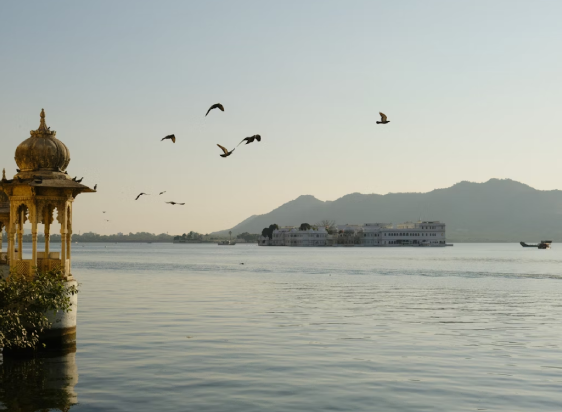
City Palace Udaipur Travel Guide: Timings, Tickets, History & Photography Spots
.webp)
Explore India’s Heritage in 3 Days: Golden Triangle Tour Itinerary
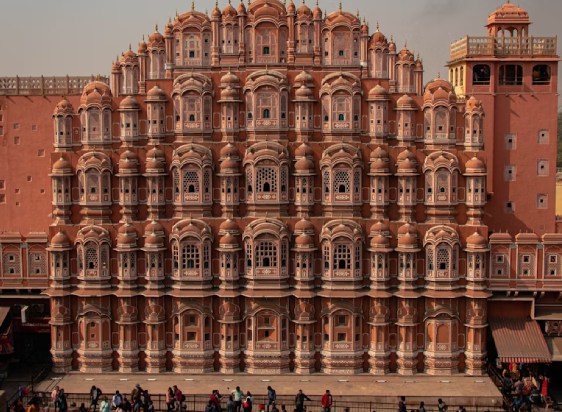
Golden Triangle Tour: 4 Days of History, Culture, and Adventure
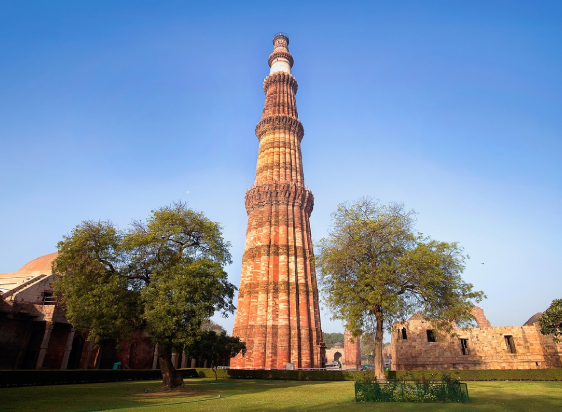
Maximize Your Experience: 5-Day Golden Triangle Tour Package Highlights
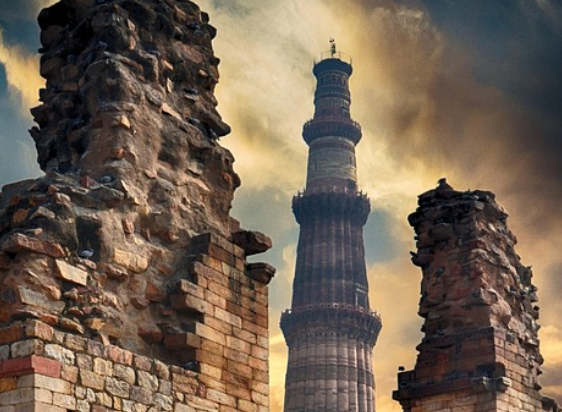
The Ultimate 6-Day Golden Triangle Tour: From Monuments to Markets

10 must-see places in Jaipur

10 must-see places in Jodhpur

10 Must-See Places in India

10 must-see places in Jaisalmer

10 must-see places in Rajasthan

How to Reach Agra?

How to Reach Delhi?

How to Reach Jaisalmer?

How to Reach Udaipur?

How to Reach Jaipur?

Char Dham Yatra: A Journey of Faith and Spiritual Awakening in Uttarakhand

Places To Visit in Jaipur with Family

10 Hill Stations In India- Location, History, Timings, Images

India Gate Delhi – Location, History, Timings, Entry Fee, Images

Red Fort – Old Delhi, Facts, Timings, History, Location
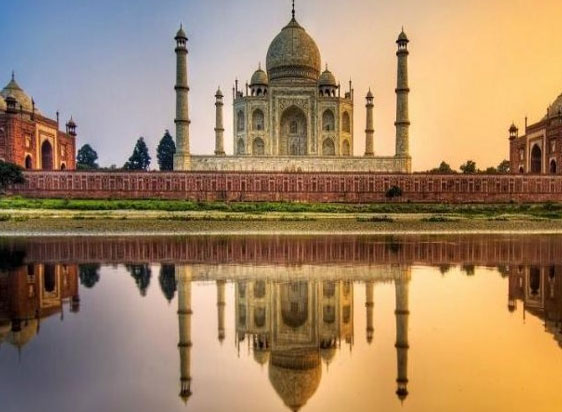
Golden Triangle Tour of Luxury and Budget-Friendly

Best Time to Visit the Golden Triangle: Seasonal Travel Guide
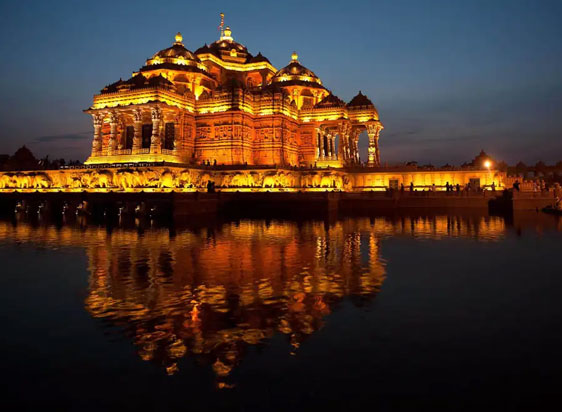
Akshardham Temple Delhi Timings, History, Entry Fee, Images, Aarti, Location & Phone Number

Best Ranthambore Tour Packages Itinerary

Best Jaisalmer Tour Packages Itinerary

Best Udaipur Tour Packages Itinerary

Best Jaipur Tour Packages Itinerary

Best Rajasthan Tour Packages Itinerary
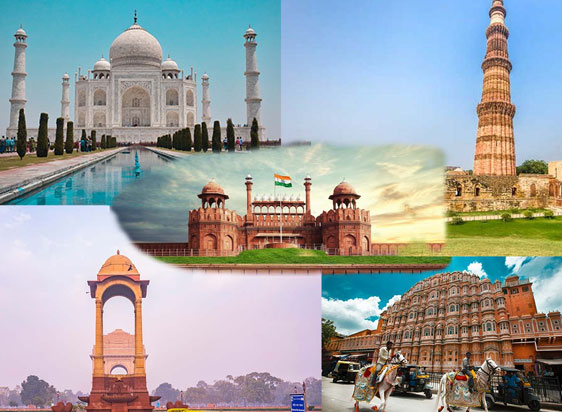
How to pick the right India tour packages?
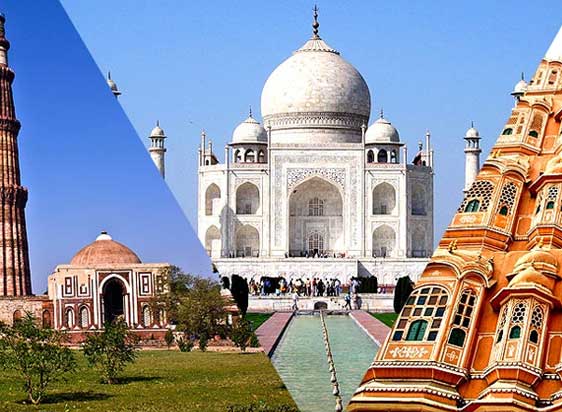
All India Tour Packages Cost: Exploring the Riches of Incredible India
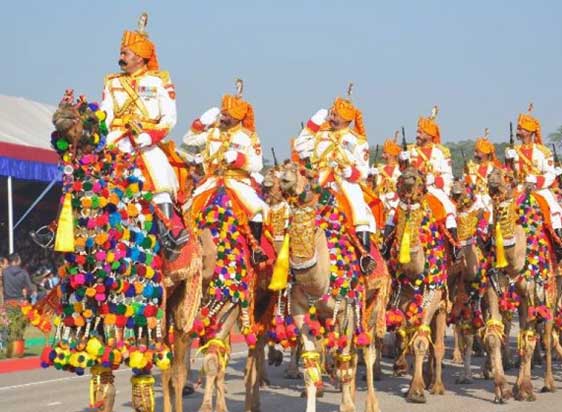
Rajasthan Festivals Tour Guide

A Complete Travel Guide to Jaipur for IIFA 2025

IIFA 2025 Jaipur: Celebrating 25 Glorious Years of Indian Cinema / IIFA Awards 2025 Date, Venue, Tickets, Host, Transportation
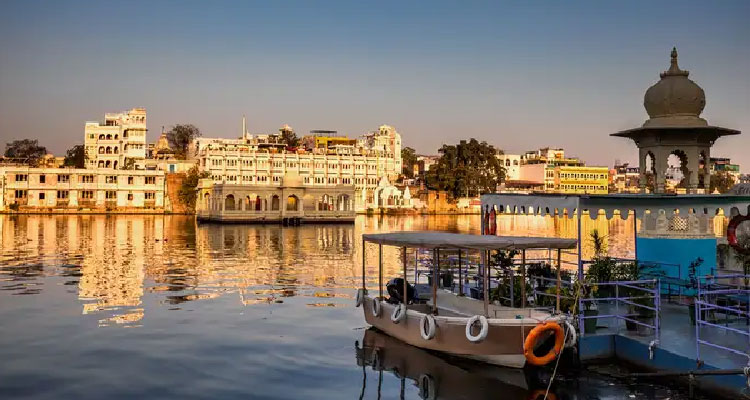
Taj Lake Palace Udaipur
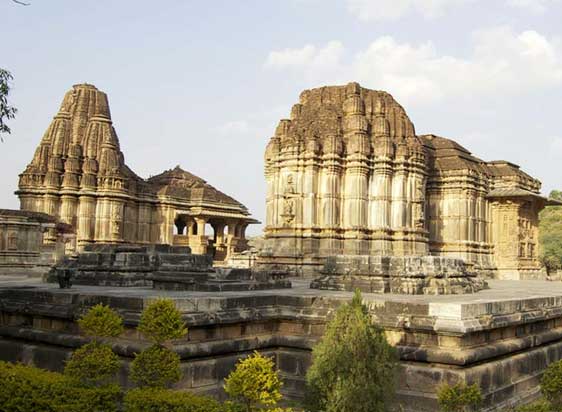
Eklingji Temple, Udaipur

Bagore ki Haveli, Udaipur

Most Popular Dishes to Try in North India Tour

Ranthambore National Park Safari

Moti Doongri Ganesh Temple Jaipur
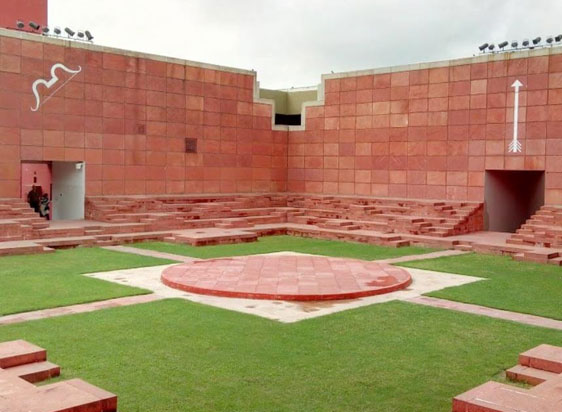
Jawahar Kala Kendra Jaipur

Gatore Ki Chhatriyan Jaipur – Entry Fee, Timing, Location
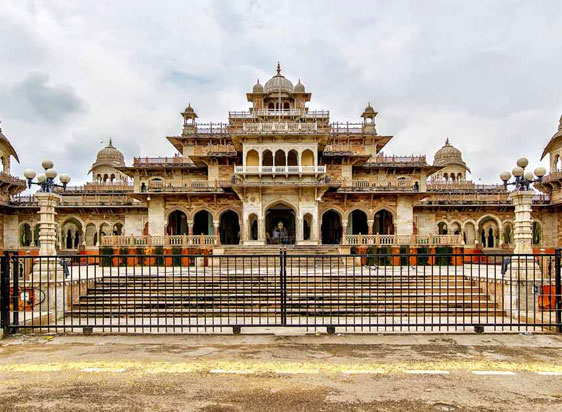
Albert Hall Museum Jaipur

Panna Meena ka Kund Jaipur

How to Book a Tour Guide in Jaisalmer?
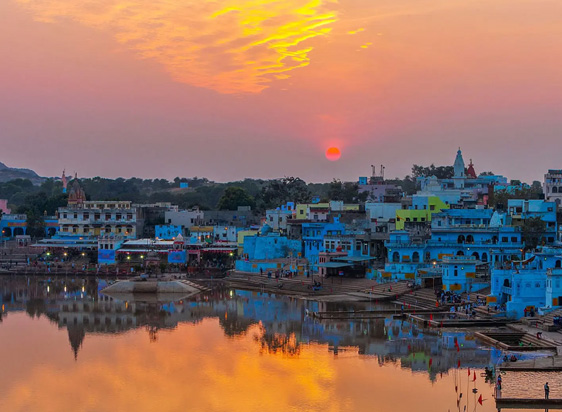
How to Book a Tour Guide in Ajmer Pushkar?
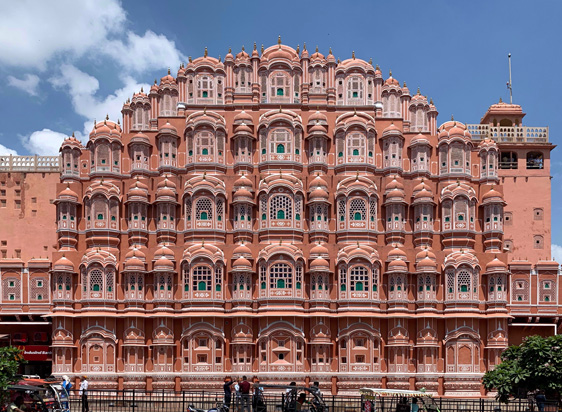
How to Book a Tour Guide in Jaipur?
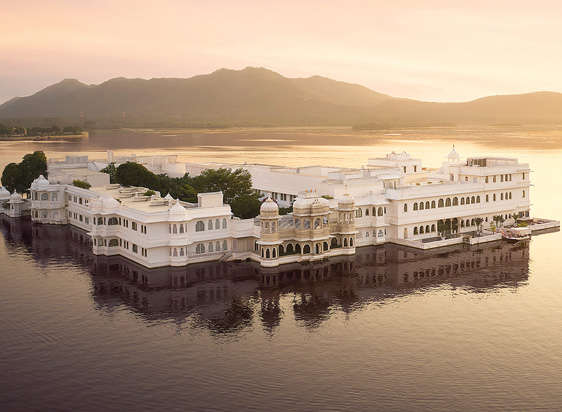
How to Book a Tour Guide in Udaipur?
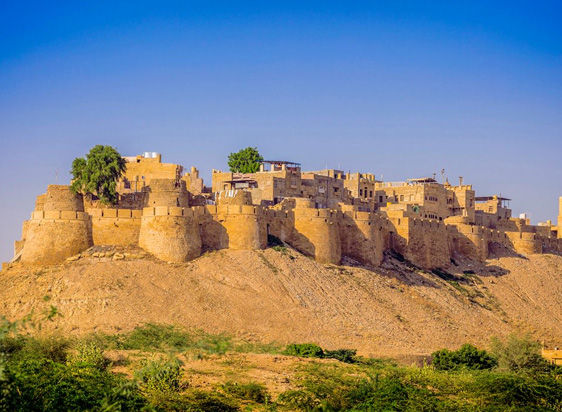
How to Book a Tour Guide in Rajasthan?

Female tourist guide in Jaipur
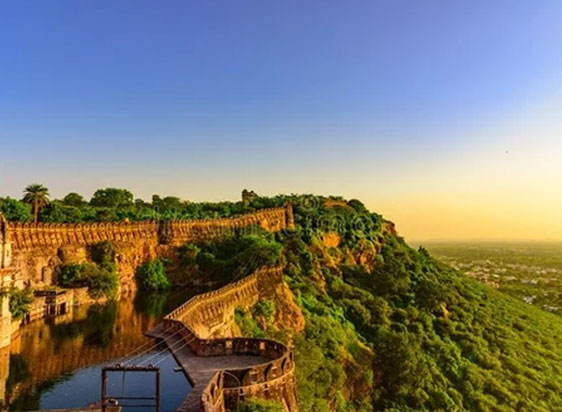
Jaipur Solo Trip Package

These 7 spots will tell you why Rajasthan is the perfect spot for Glamping

7 Unforgettable Road Trips of Rajasthan

Film Shoot Locations in Jaipur

Jaipur Zoo Garden – Timings, Entry & Tickets Prices, and Things to See
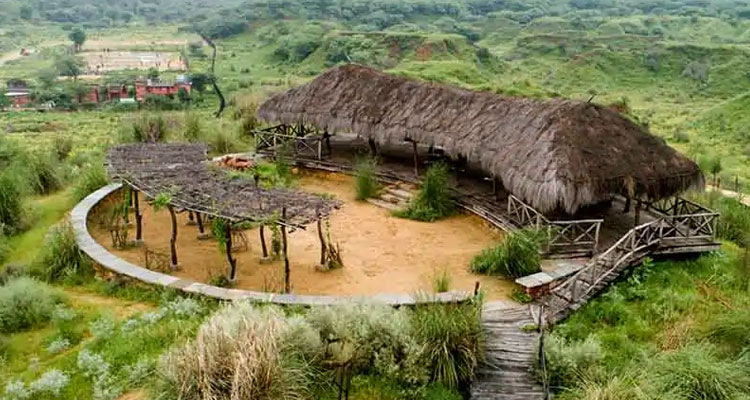
Kishan Bagh Jaipur – Entry Fee, Timings, Location

Jaipur Tourism: All you need to know

Johari Bazaar Jaipur: A Must-Visit Shopping Place
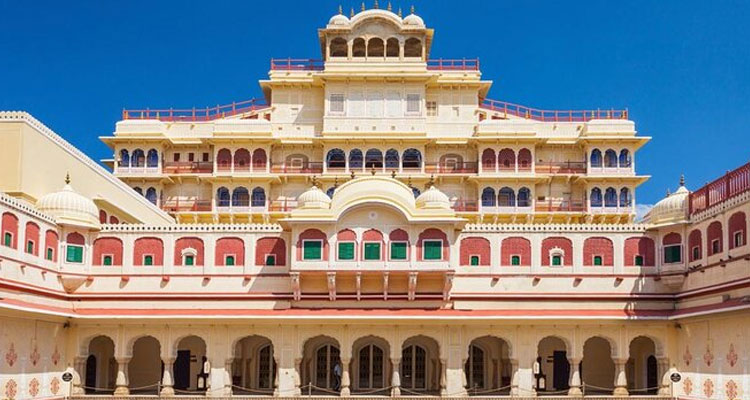
Chandra Mahal Jaipur

6 Exhilarating Road Trips From Jaipur That’ll Invoke Your Wanderlust Soul

Jaisalmer Nightlife: What To Do And See In The Golden City After Dusk Falls
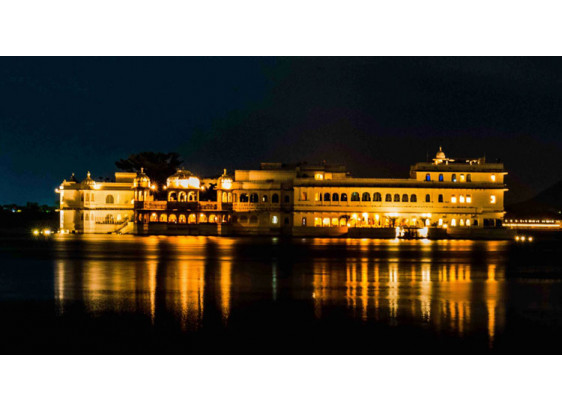
Places To Visit in Udaipur At Night

Top 10 Winter Honeymoon Destinations in Rajasthan to Make Memories with Your Loved Ones
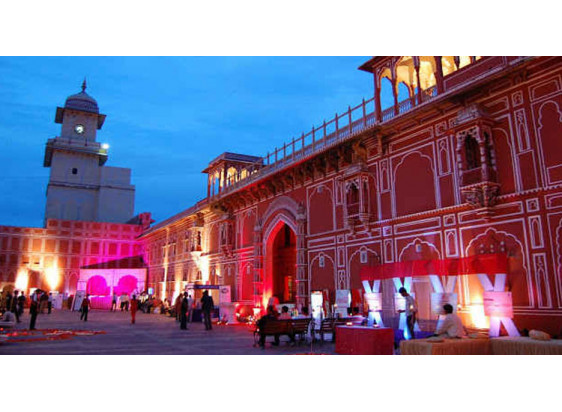
10 Best New Year Destinations in Rajasthan
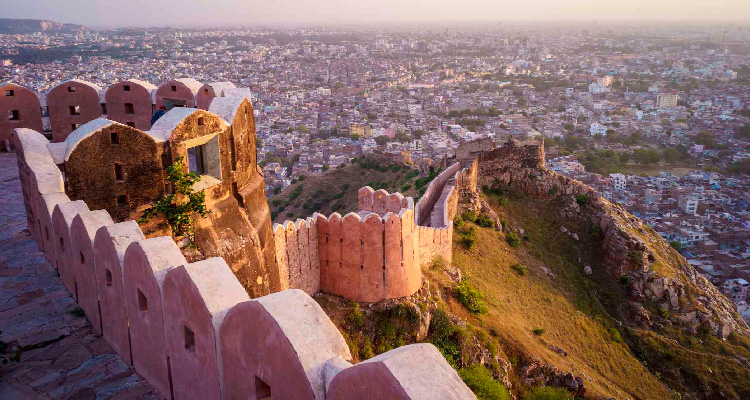
Nahargarh Fort Jaipur – History, Architecture, Timing, Entry Fee, Attractions, Lesser-Known Facts
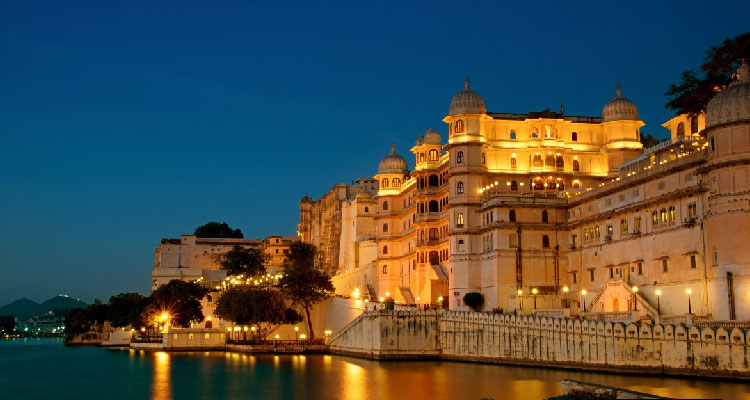
Tips for Solo Female Travelers in Rajasthan

Discover the Unseen Places in Rajasthan
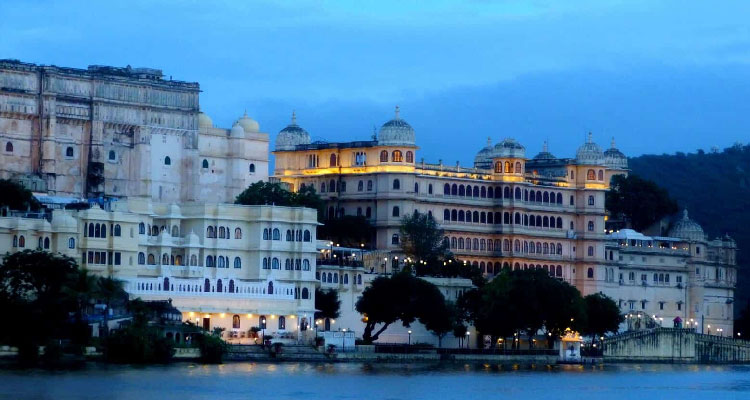
Best Monsoon Tour Packages of Rajasthan
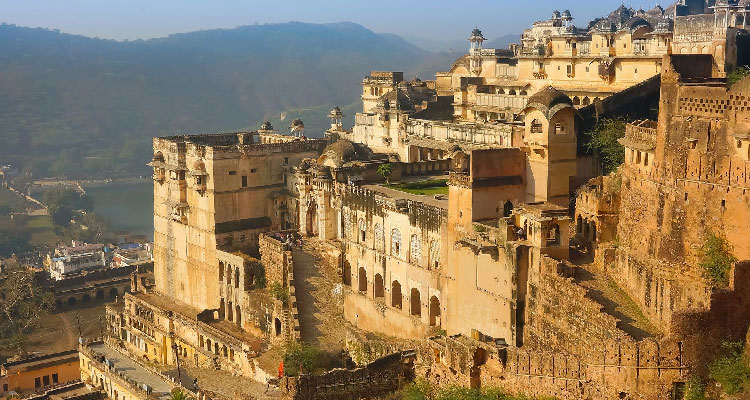
12 Reasons Why I Absolutely Loved Rajasthan
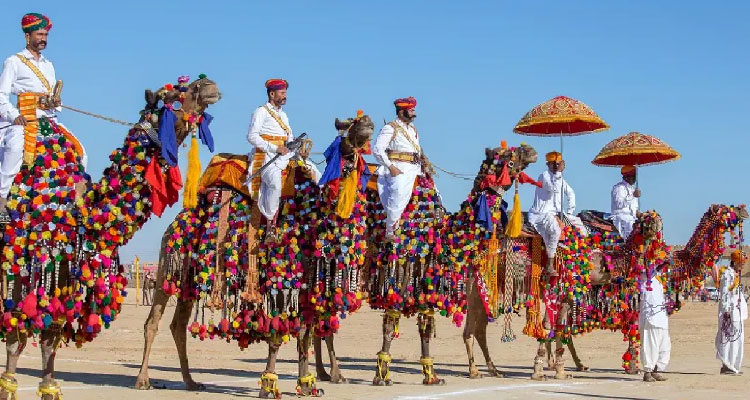
Rajasthan Cultural Holidays

Best One Day Trips in Rajasthan
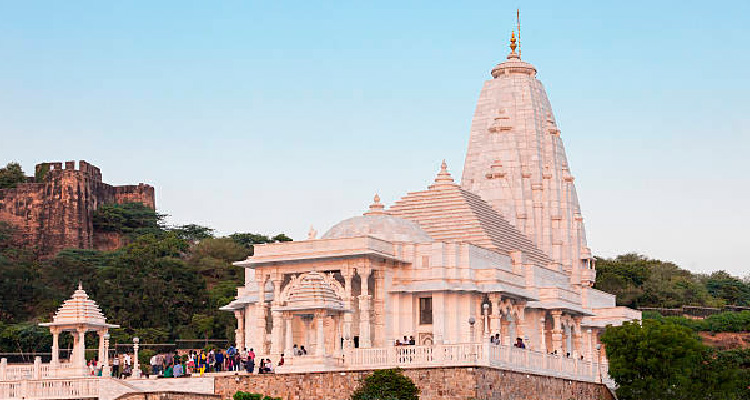
Birla Mandir Jaipur – History, Architecture, Timing, Entry Fee, Attractions, Lesser-Known Facts

Top 7 Destinations in India to Celebrate New Year 2024

Jaipur Travel Tips

7 Amazing Things to Do and See in India in 2023-24

The Ideal Rajasthan Itinerary

Places to visit near Jaipur for 2 days

India's Top 10 UNESCO WORLD heritage sites

Royal Experiences in India to Make You Feel Like Maharajas in 2023-24

Jaipur Tour by Private Car and Driver

Luxury Travel India: Explore the best Luxury India Tour in one go

A Complete Guide to India Golden Triangle

How To Choose The Best Taxi Service in Jaipur for Sightseeing

The Ultimate Rajasthan Family Vacation: A Comprehensive Guide

Hawa Mahal: About, Time, History, Activities, Entry Fee

Chokhi Dhani Resort: About, Time, History, Activities, Entry Fee

JLF 2025: Jaipur Literature Festival, Dates, Lineup, Tickets

Planning a Rajasthan Family Adventure: Tips and Tricks

Jaipur Tour Guide

2 Days Jaipur Sightseeing Tour

Shopping Paradise: A Guide to the Vibrant Bazaars of Jaipur

Discover Rajasthan with Kids: Top Family-Friendly Destinations

Luxury Cars in Jaipur for That Special Occasion

Top 10 Popular Temples To Visit In Jaipur

Rajasthan's Kid-Friendly Palaces and Forts: A Historical Adventure for the Family

Amber Fort: About, Time, History, Activities, Price

B2B Travel Company in Rajasthan

Unique Experiences to Enjoy in Jaipur

Family Fun in Jaipur: Exploring the Pink City with Children

Jaipur Shopping Guide: Best Things to buy and Shopping Places in Jaipur

Udaipur Unplugged: Family-Friendly Activities by the Lake

Jantar Mantar: About, History, Activities, Time, and Entry Fees

Wildlife Encounters in Rajasthan: A Family Safari in Ranthambore

Albert Hall Museum: About, History, Activities, Time, and Entry Fee

Places to visit in Rajasthan

Top 7 Travel Destinations In Rajasthan For A Relaxing Trip In Winter 2022

Jaipur Food Tour

Rajasthan's Festivals for Families: Experiencing the Vibrant Culture Together

Jaipur Amber Fort: The Completer Tour Guide

Jaipur Tour By Tempo Traveller

Rajasthan's Royal Cuisine: Family Food Adventures

Exploring the Aravalli Hills: Family Trekking and Nature Walks

Amer Fort Light and Sound Show 2025

2 Days In Jaipur: Discover The Best Of Pink City In 48 Hrs

Hire Taxi in Jaipur

Jaipur Travel Guide: All You Need To Know For Planning Holiday in Jaipur

Heritage Hotels in Rajasthan: Unique Stays for the Whole Family

Crafting Memories: Family Art and Craft Experiences in Rajasthan

Wedding Car Rental in Jaipur

Top 10 Places to visit in Rajasthan in Winter

Discover These 5 Wildlife Sanctuaries Around Jaipur To Go On A Holiday Full Of Thrill!

Education Rajasthan Tour: An Ultimate Experience For Kids

Rajasthan Tour by Tempo Traveller

Hot Air Balloon Rides in Rajasthan: A Family Adventure in the Skies

Jaipur Airport Taxi

Golden Triangle Travel Guide

Camel Riding and Desert Camps: Family Adventures in the Thar Desert

Same-Day Tour to Jaipur

Shopping with the Family: Souvenirs and Local Markets in Rajasthan

7-Day Trip to Rajasthan

Festivals in Rajasthan

Rajasthan Luxury Tour by Car

Jaipur Like a Local: Experiencing the City Through Local Activities

Family Road Trip: Navigating Rajasthan's Scenic Routes

10 Luxury Stay in Rajasthan

Rajasthani Folk Tales: Storytelling Sessions for Children

Famous Foods of Rajasthan You Must Try on Your First Trip

Places to visit On Golden Triangle Tour

B2B Travel Company in Jaipur

How can I spend 3 days in Jaipur

How to Plan Your Rajasthan Tour

Jaipur Budget-Friendly Tour: The Best Way to Explore

Taxi in Jaipur

Unveiling the Pink City: A Historical Tour of Jaipur

Places to visit in Ayodhya

Why is Jaipur known as Pink City

Taxi Services in Jaipur

Places to visit near Ayodhya

Attractive Places to Visit Near Jaipur in One Day

Timing & fees for visiting Jaipur monuments

Places to Visit in Jaipur in Winters

Jaipur Sightseeing Tour

Ayodhya Shopping Guide

Jhalana Leopard Safari Price

Planning Your Golden Triangle Tour by Car

Ram Mandir Tour Guide (Ayodhya Tour Guide)

Rajasthan's Puppet Show and Folk Entertainment: A Delight for Kids

Jawai leopard Safari: Plan a memorable Wildlife Trip from Jaipur

Places to Visit Rajasthan in December

Taj Mahal Agra: Timings, History, Entry Fee, Images, Built by & Information

Best Wildlife Sanctuaries Around Jaipur

Tips to plan Jaipur Tour Packages

One Day Jaipur Local Sightseeing Tour Package by Car

Most Popular Weekend Gateways From Jaipur

Chokhi Dhani Village Jaipur Package - Entry Fee, Timings 2023

Red Fort / Lal Kila Delhi (Entry Fee, Timings, History, Built by, Images & Location

Best Honeymoon Destination in Rajasthan

10 Things To Do In Jaipur

Rajasthan Travel Guide: Places to visit, Best time to visit, How to reach, etc.

Jaipur Agra Same Day Tour

Best Time To Visit Jhalana Leopard Safari – Jaipur

Rajasthan Shopping Guide

7 Best Places To Visit Near Jaipur On A Same-Day Tour

How To Plan A Jaipur Trip?

Top 68 Places to Visit in Jaipur

Best Shopping Places in Jaipur

Jaigarh Fort, Jaipur (2024): Timings, Entry Fee, History

7 Things To Shop In The Jaipur Shopping Tour

Akshardham Temple Jaipur

Luxury Car Rental in Jaipur

Architectural Marvels of Ayodhya: Heritage of Temples and Palaces

Planning Your Ayodhya Expedition: Travel Tips and Local Insights

Heritage Walk: Unveiling Ayodhya's Historical Treasures

Exploring Ayodhya Beyond the Ram Mandir: Hidden Gems and Local Delights

Things to do in Ayodhya

Call Our Customer Care Executive. We Are Available 24x7 Just Dial.
91-9166497735